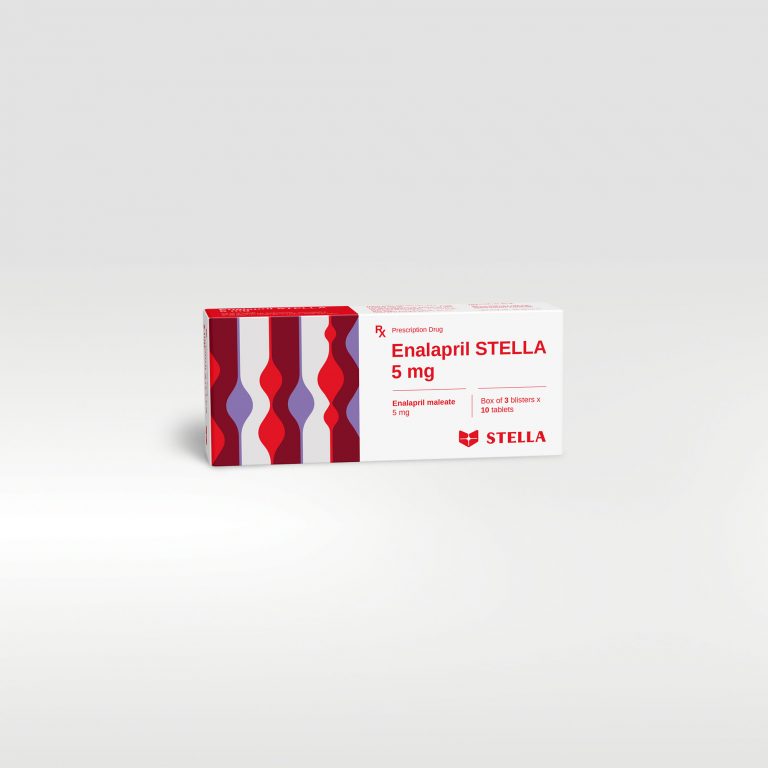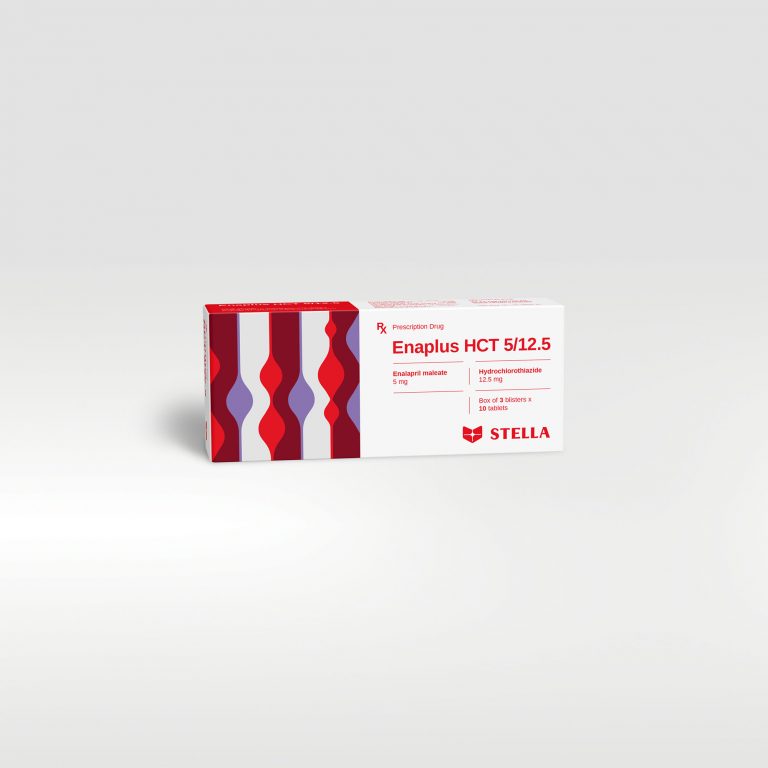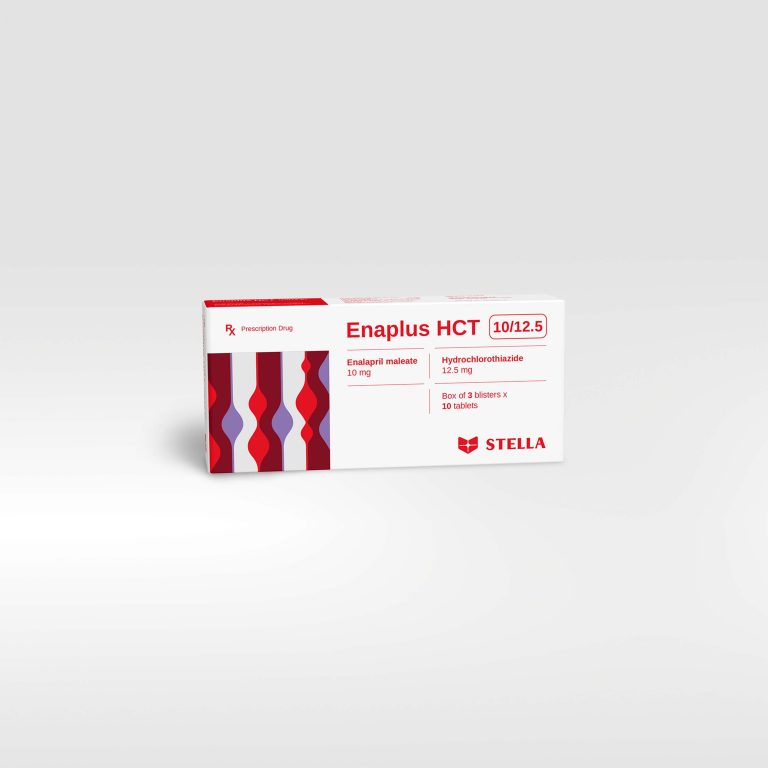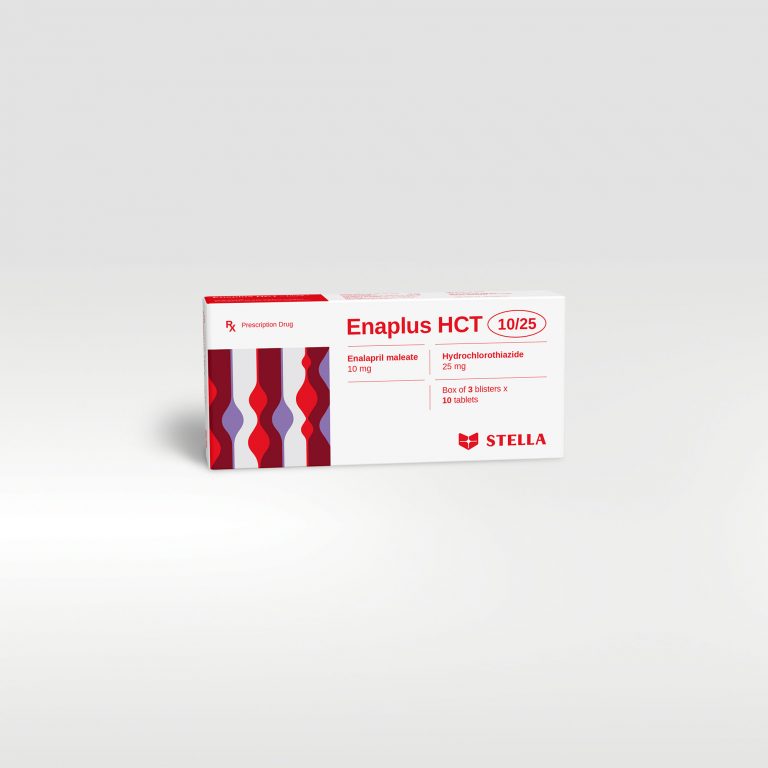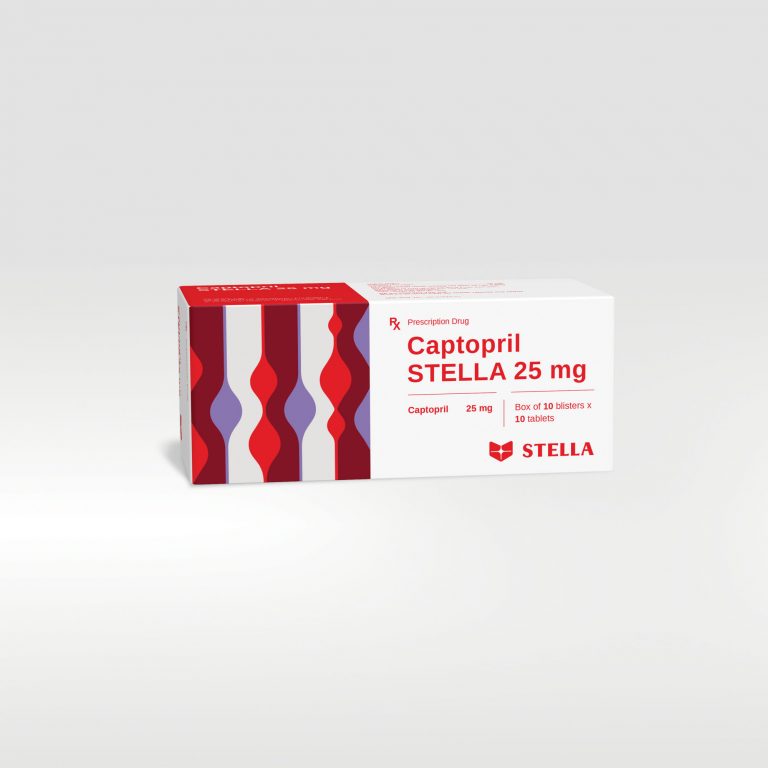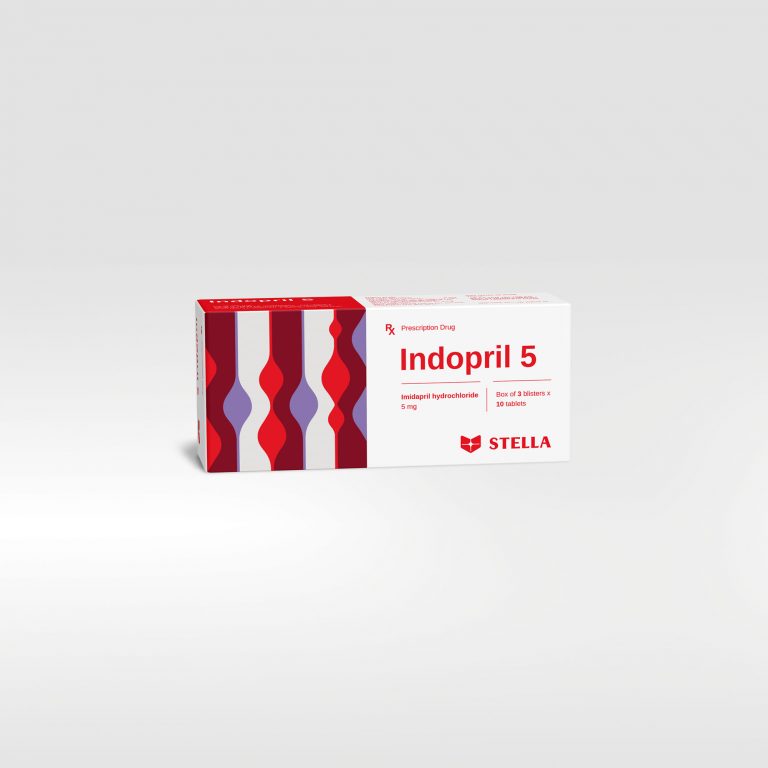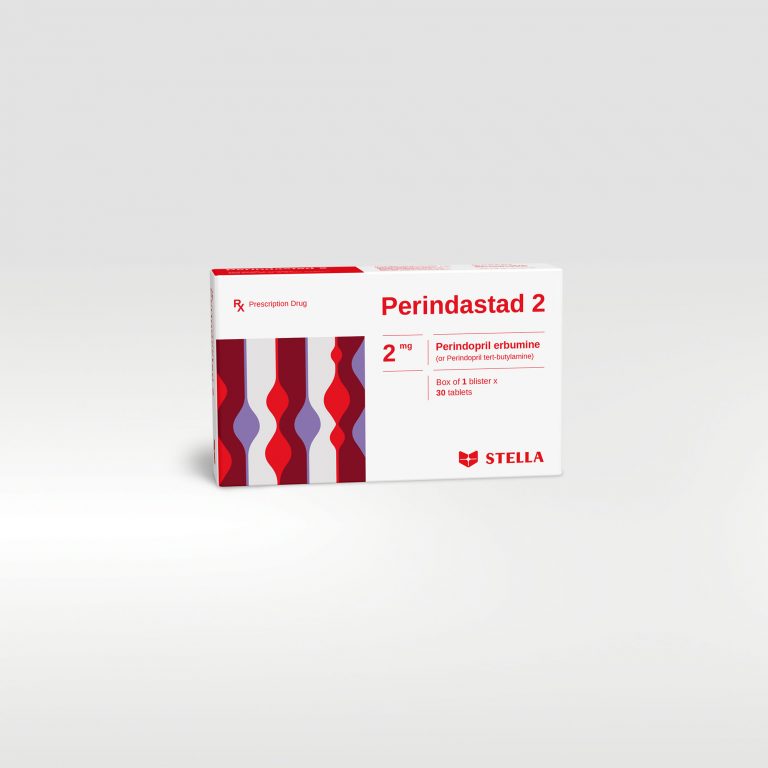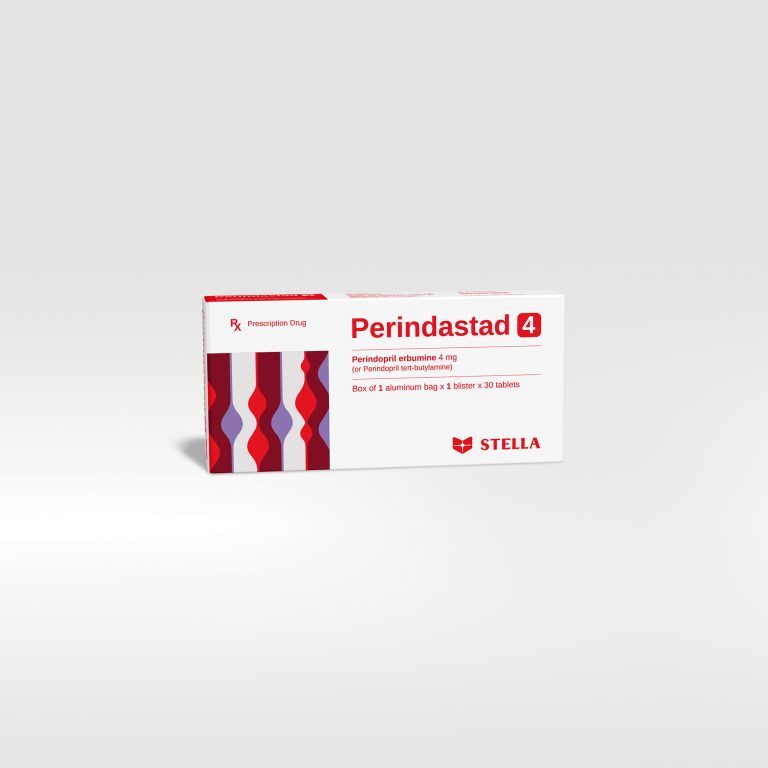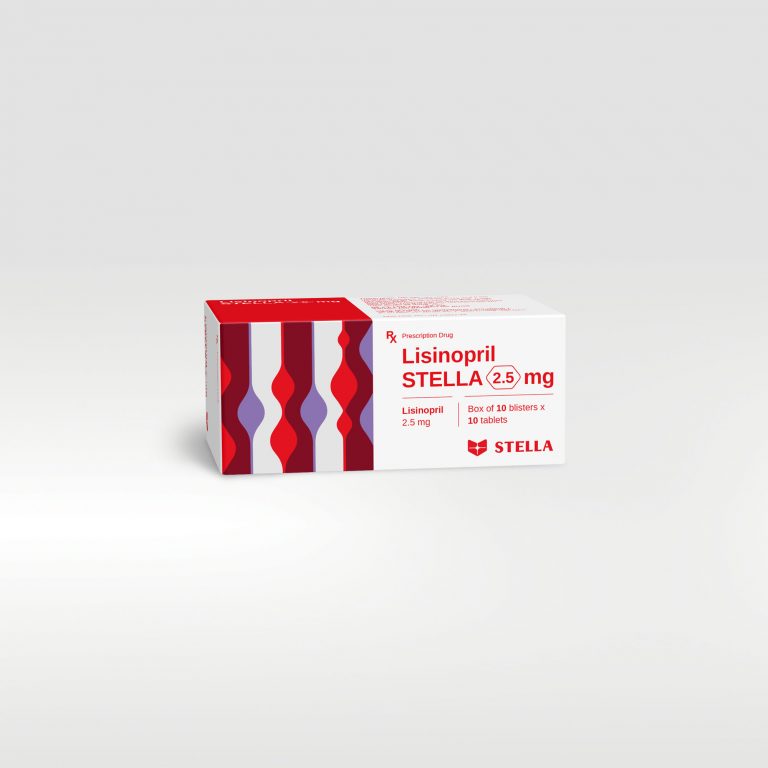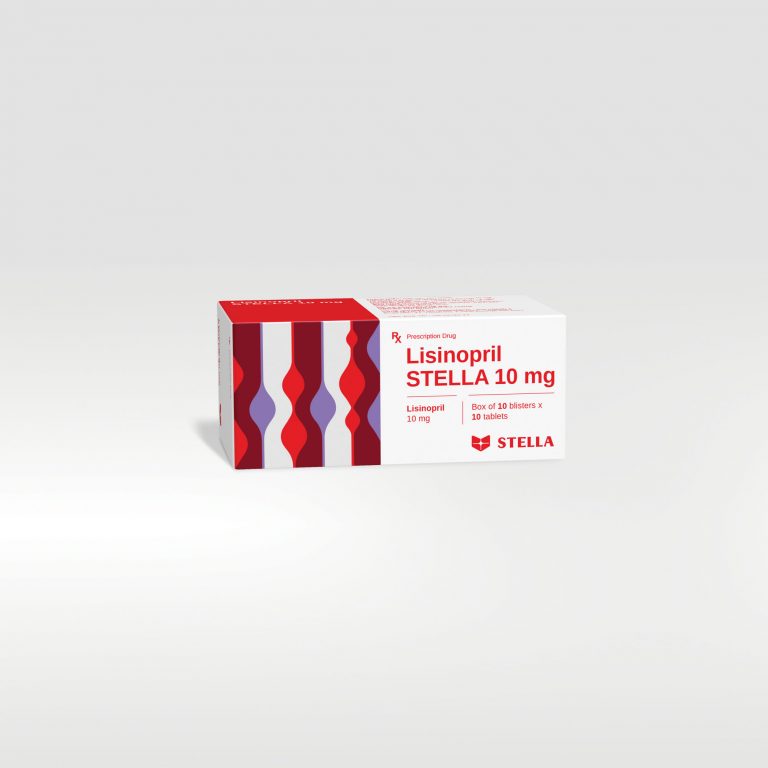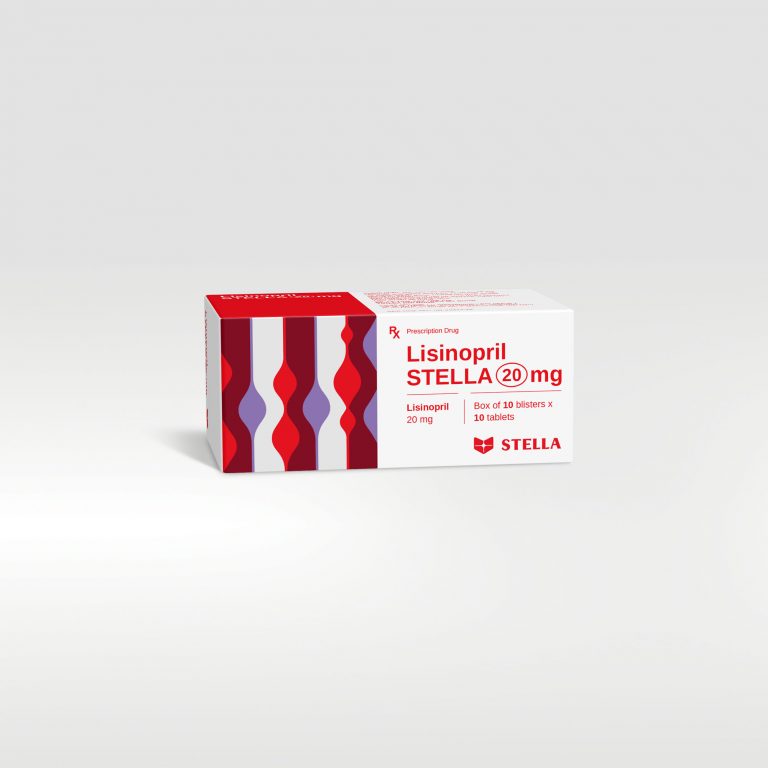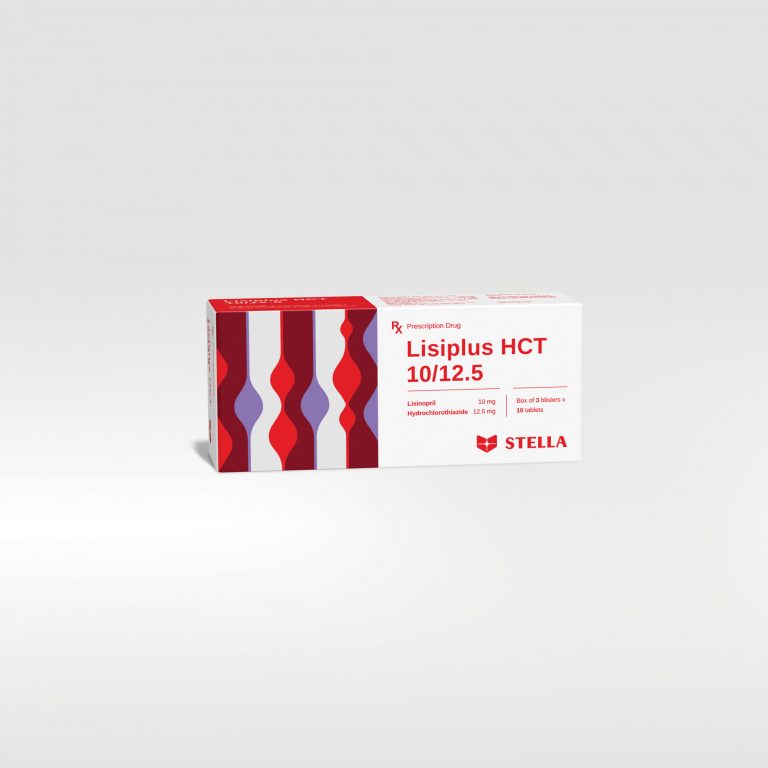Enalapril STELLA 10 mg Rx
Enalapril STELLA 10 mg appears to reduce blood pressure in normotensive individuals and hypertensive patients and to produce beneficial hemodynamic effects in patients with congestive heart failure mainly by suppressing the renin-angiotensin-aldosterone system.
| Pack size | Box of 30 tablets, 100 tablets |
| Shelf-life | 36 months |
| Composition | Enalapril maleate |
| Dosage forms and strengths | Tablet: 10 mg |
Product code :

